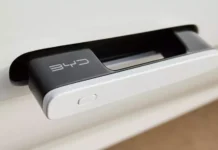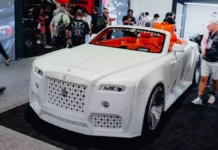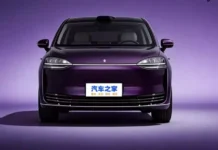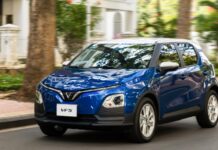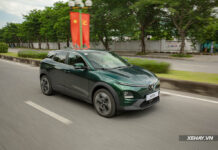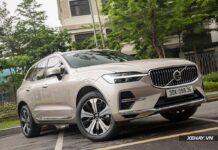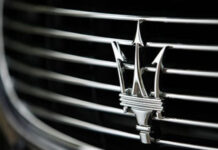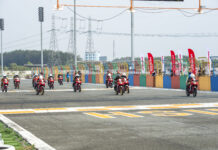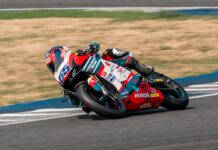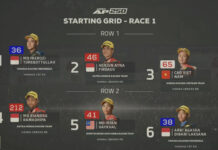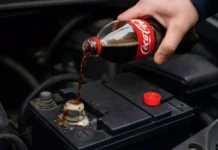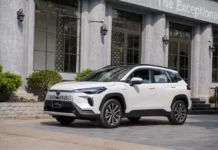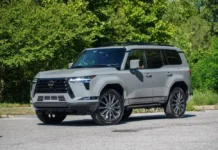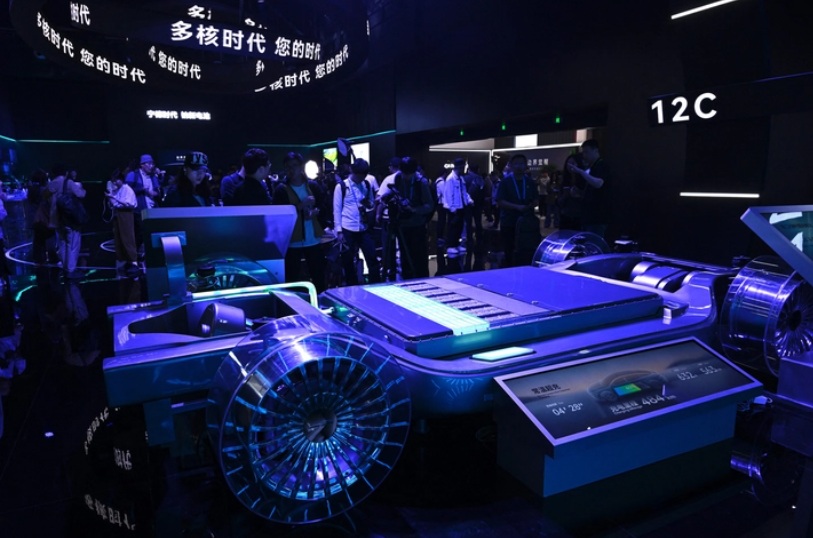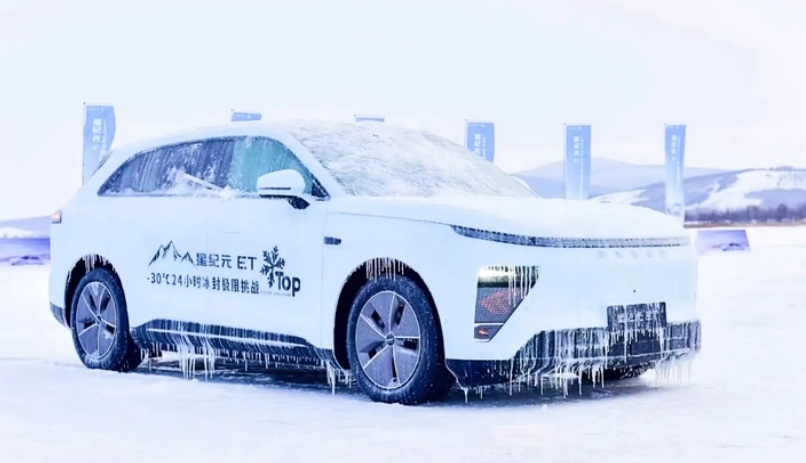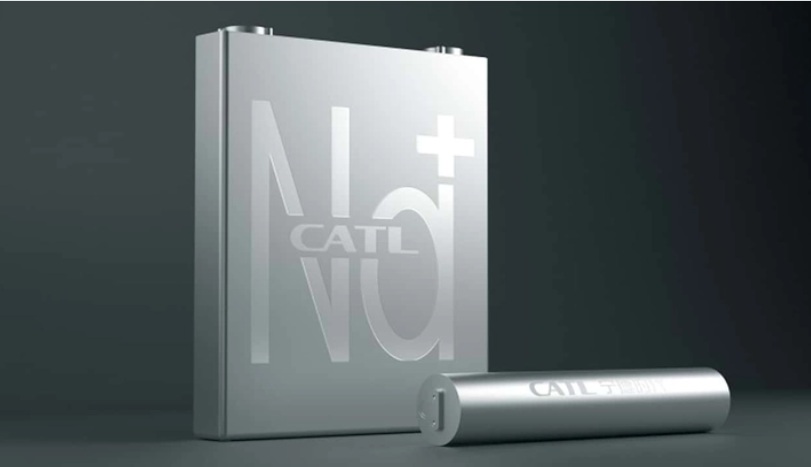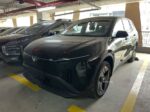At the annual “Tech Day” event, Contemporary Amperex Technology Co. Limited (CATL) – the world’s largest battery manufacturer, unveiled three groundbreaking new battery technologies for the global electric vehicle industry.
“Freevoy Dual Power” Battery: A Whopping 1,500 km Range
The highlight of the event was the Freevoy Dual Power battery technology, a dual-core design that enables electric vehicles to travel up to 1,500 kilometers on a single charge. This range rivals, and even surpasses, many current extended-range hybrid electric vehicles (EREVs).
The dual-core architecture divides the battery into two independent energy zones with different materials, one of which functions as a range extender. This design is similar to dual-engine aircraft systems. Notably, the auxiliary battery does not use graphite, which helps reduce size and production costs.
However, the downside of this system is slower charging speeds compared to single-core batteries, along with more limited charge-discharge cycles. CATL stated that the Freevoy Dual Power battery will be commercialized within the next two to three years.
2nd Gen Shenxing Battery: 520 km in Just 5 Minutes
CATL also introduced the second generation of its super-fast charging Shenxing battery line, capable of adding 520 kilometers of range in just five minutes, bridging the gap between electric vehicle charging and traditional refueling.
This battery enables a maximum range of 800 kilometers while maintaining high charging speeds in harsh environmental conditions. Tests showed that at -10°C, the battery could charge from 5% to 80% in just 15 minutes. Additionally, when nearly depleted, the system can still output up to 1,113.4 horsepower, suitable for high-performance vehicles.
It is the world’s first LFP battery to achieve a 4C fast-charging standard, with speeds significantly higher than the first-generation Shenxing battery introduced in 2023, which offered 400 kilometers of range after a 10-minute charge.
Sodium-ion Battery: A Step Forward in Cost and Winter Performance
CATL also announced plans to begin mass production of the industry’s first sodium-ion batteries starting this December. This technology is expected to be a viable alternative to lithium-ion batteries in mainstream vehicles due to its low cost, high safety, and superior performance in cold weather.
CATL’s sodium-ion battery boasts an energy density of up to 175Wh/kg, enabling PHEVs to travel approximately 200 kilometers on electricity alone, while pure EVs can achieve a range of over 500 kilometers. It supports 5C fast charging and has a lifespan of up to 10,000 charge cycles.
In tests, the sodium-ion battery did not catch fire or explode even when pierced, drilled, or cut in half. At extremely low temperatures of -40°C, the battery functioned normally and could charge from 30% to 80% in 30 minutes at -30°C.
This technology promises to address the biggest weakness of lithium-ion batteries—poor performance in cold conditions—while also offering lower production costs at a large scale.
Impact on the Electric Vehicle Industry
The three new technologies unveiled by CATL have the potential to create a significant shift in the transition from gasoline to electric vehicles. The 1,500-kilometer range addresses long-distance travel concerns, super-fast charging reduces waiting times, and sodium-ion batteries offer a new, safe, durable, and environmentally friendly option.
If commercialized as planned, these technologies could reshape the global electric vehicle market landscape from 2026 onwards.
TH (Tuoitrethudo)





